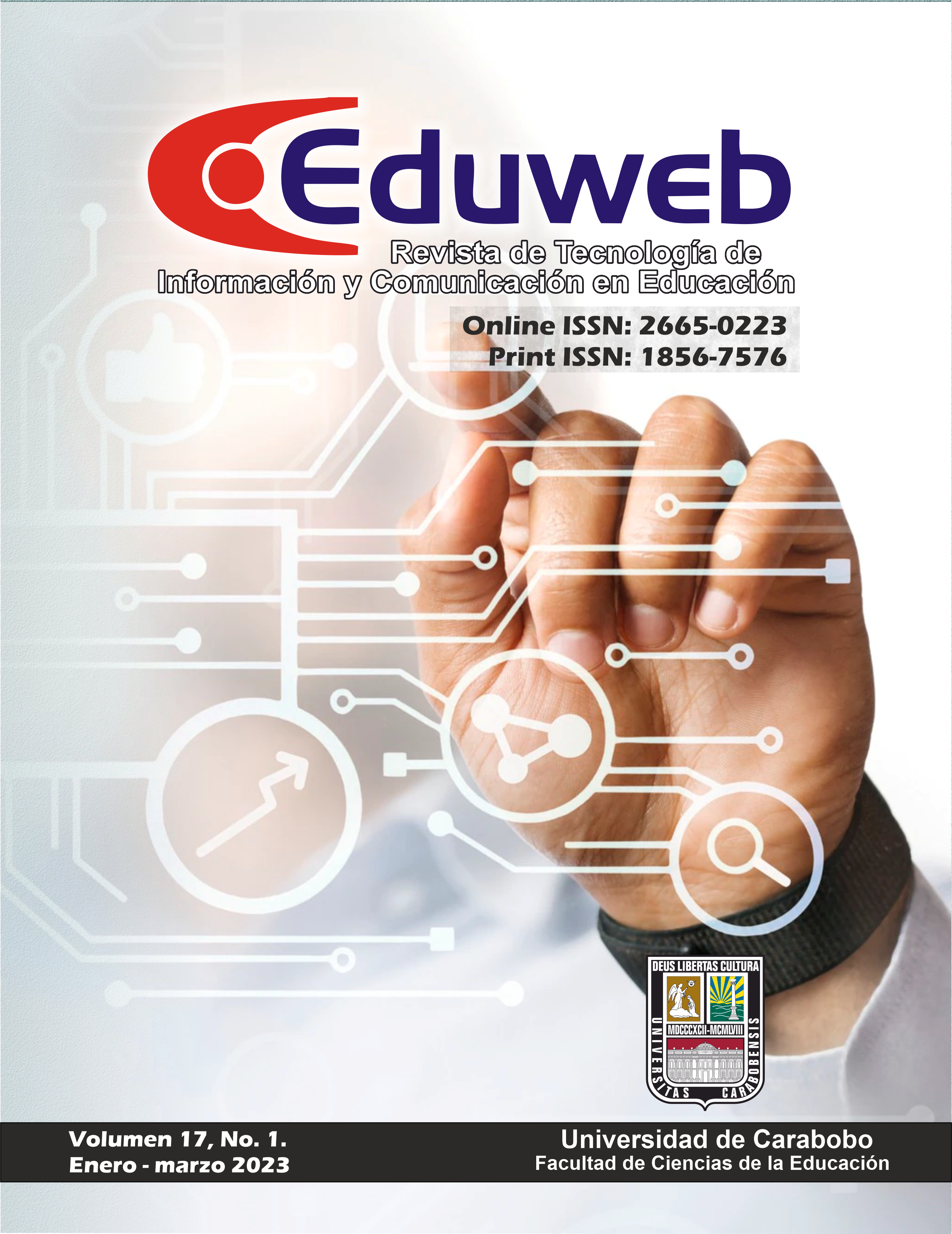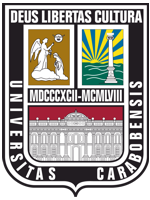Prospects for the development of distance education in Ukraine: Methodological aspect
DOI:
https://doi.org/10.46502/issn.1856-7576/2023.17.01.7Palabras clave:
higher education, education system, distance learning, distance education.Resumen
The article develops the theoretical and methodological foundations of distance learning in the system of continuous education and its characteristic features (flexibility, modularity, parallelism, long-range action, asynchrony, mass character, economic efficiency, the changed role of the teacher, the new role and activity of the student, specialized control of the learning process, the use of modern teaching aids, sociality, internationality); the differences between distance learning and the traditional full-time form are established (in the distance learning system, the student is the customer of knowledge; the information and educational environment of distance learning is much wider, but less than traditional full-time education, regulates the behavior of participants in the pedagogical process and disciplines students to a greater extent); the specifics of the personal interaction of participants in the distance learning process and the management of distance learning processes (human studies, psychophysical, socio-psychological aspects predominate in it) are revealed; carrying out educational work in the conditions of remote betrothal puts forward the axiological approach in the first place; resolved a set of issues related to the introduction of a distance learning system into real pedagogical practice (its social, worldview, value, methodological, legal, financial, economic, organizational, didactic, technological, psychological, applied and educational aspects); organizational forms of distance learning are defined (traditional (correspondence); with fragmentary use of information and communication technologies; electronic; combined).
Citas
Ali, K., Khalil, H., & El-Sharkawy, F. (2020). Impacts of Online Remote Education on the Learning Process among Nursing Students. Open Journal o fNursing, 10(9), 810-830. https://www.scirp.org/journal/paperinformation.aspx?paperid=102859
Alqahtani, A., & Rajkhan, A. (2020). E-learning critical success factors during the COVID-19 pandemic: a comprehensive analysis of E-learning managerial perspectives. Education Sciences, 10(9), 216. https://doi.org/10.3390/educsci10090216
Atieku-Boateng, H. (2021). An evaluation of the effectiveness of online education and the extent to which online education will be replacing the traditional classroom teaching. Academia Letters, 2806. https://doi.org/10.20935/AL2806
Gao, H. (2021). Analysis of Network Classroom Environment on the Learning Ability of College Students. Technology, Knowledge and Learning, 26(1). DOI: https://doi.org/10.1007/s10758-020-09457-3
Hillier, M. (2018). Bridging the digital divide with off-line e-learning. Distance Education, 39(1), 110–112. Doi: https://doi.org/10.1080/01587919.2017.1418627
Langegard, U., Kiani, K., Nielsen, S. J., & Svensson, P. A. (2021). Nursing students’ experiences of a pedagogical transition from campus learning to distance learning using digital tools. BMC Nursing, 20(1), 1–10. https://doi.org/10.1186/s12912-021-00542-1
Morin, K. H. (2020). Nursing education after COVID-19: Same or different? Journal of Clinical Nursing, 29(17–18), 3117–3119. https://doi.org/10.1111/jocn.15322
Nikadambaeva, K. B. (2020). Possibilities For Using E-Sources of Educational Methodology in Online Education During Quarantine. The American Journal of Social Science and Education Innovations, 02(08), 164–173. https://doi.org/10.37547/tajssei/volume02issue08-25
O'Doherty, D., Dromey, M., Lougheed, J., Hannigan, A., Last, J., & McGrath, D. (2018). Barriers and solutions to online learning in medical education an integrative review. BMC medical education, 18(1), 130. https://doi.org/10.1186/s12909-018-1240-0
Palvia, S., Aeron, P., Gupta, P., Mahapatra, D., Parida, R., Rosner, R., & Sindhi, S. (2018). Online Education: Worldwide Status, Challenges, Trends, and Implications, Journal of Global Information Technology Management, 21(4), 233–241.Doi: https://doi.org/10.1080/1097198X.2018.1542262
Rajab, K. (2018). The Effectiveness and Potential of E-Learning in War Zones: An Empirical Comparison of Face-to-Face and Online Education in Saudi Arabia. Institute of Electrical and Electronics Engineers, 99, 1-1. DOI: 10.1109/ACCESS.2018.2800164
Ratheeswari, K. (2018). Information communication technology in education. Journal of Applied and Advanced Research, 3(1), 45-47. DOI: https://doi.org/10.21839/jaar.2018.v3iS1.169
Riera Guasp, J., Ardid, M., Vidaurre, A., & Dueñas, J. (2018). Students’ perception of auto-scored online exams in blended assessment: Feedback for improvement. Educacion, XX1, 21(2), 79-83. https://doi.org/10.5944/educxx1.19559
Shehab, A., & Khalifa, M. (2021). valuation of the Current Challenges of Nursing Students about Online Nursing Education at the Middle Region in Iraq. Annals of the Romanian Society for Cell Biology, 25(5), 4864-4870.
Shoufan, A. (2019). Estimating the cognitive value of YouTube’s educational videos: A learning analytics approach, Computers in Human Behavior, 92, 450–458. doi: https://doi.org/10.1016/j.chb.2018.03.036
Descargas
Publicado
Cómo citar
Número
Sección
Licencia
Derechos de autor 2023 Andrii Hedzyk, Olena Pohoda, Viktoriia Herman, Olena Sydorenko, Oleksii Klochko

Esta obra está bajo una licencia internacional Creative Commons Atribución 4.0.















